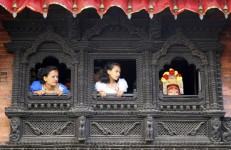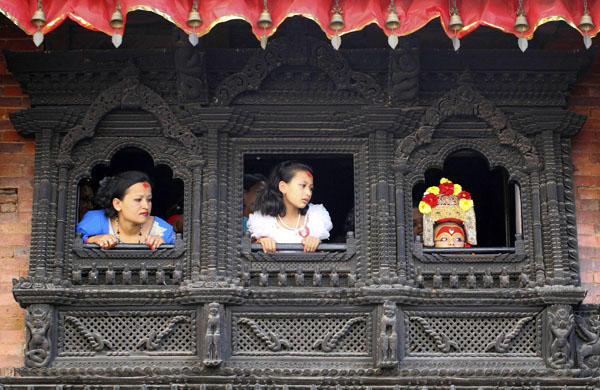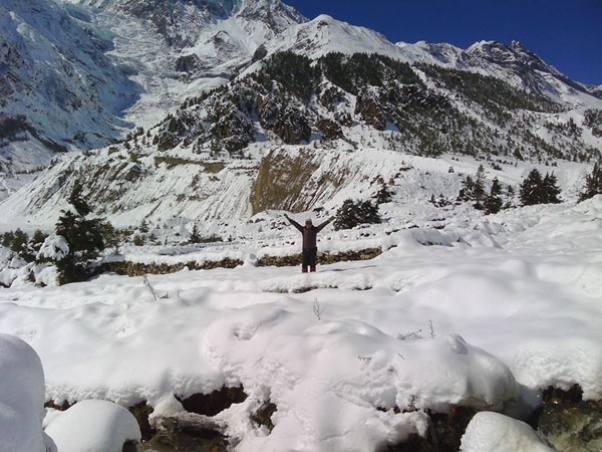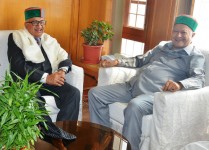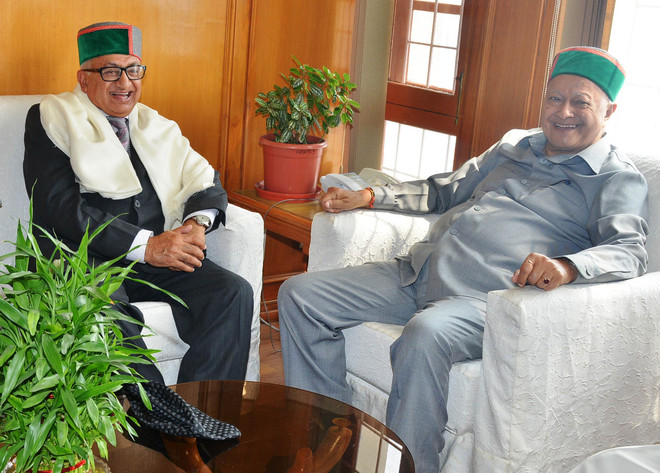
“Do you think Nepal needs more aid? Or do you think the world needs to know that Nepal is rising?”
Stacie Chan, a Google employee visiting Nepal, posed this central question at the conclusion of an event organised by Startup Weekend Kathmandu in SAP Falcha at Babarmahal on Saturday. Chan was a participant, along with 34 other people from Google, in a three-day interaction conducted by SW Kathmandu along with Nepal Rises.

More than 70 participants from Google, California-based Salesforce and Nepal pitched business ideas ranging from developing a platform for sharing disaster-related information between NGOs, locals and the government to re-establishing the reach for the Nepali media outlets so that international audiences are constantly updated on the post-earthquake developments. The winning business idea involved developing an online platform for effective disaster-response management.
“We have to de-mythicise this earthquake,” Chan said. She was the leader of one of the teams that proposed an initiative that would ensure that the news of the Nepali resilience and the reconstruction efforts being undertaken is communicated to the world. She said she had been keeping close tabs on Nepal since the Great Quake struck on April 25. She was devastated when she watched a documentary titled Nepal Rises and, when presented with the opportunity to experience first-hand what was happening in Nepal, she could not give up on it.
However, Chan also discussed how some of her preconceived notions of the earthquake changed when she got here. “There were so many images of disaster, destruction and horror wherever I looked on the Internet. When I got to Nepal, I kept asking myself, ‘Where are all the damaged buildings?’ I couldn’t find any,” Chan said. “Of course, I cannot forget the thousands of people who have lost their lives and thousands who are still suffering. Nepal is a beautiful place; there is so much more to it than just this earthquake. Why aren’t there images of shops opening in Kathmandu , or children walking to school? Why aren’t there images of Nepal rising?” Chan asked.
“I was pleasantly surprised as I travelled around Kathmandu ,” Chan said. “People around the globe were scared, initially—and not without reason. But now, we need to make sure that people around the world know Nepal for what it is. They need to know the brilliantly resilient Nepali people. They need to know that Nepal is rising.”
Follow and share our more detail from our social media ; Facebook, Pinterest and Twitter.
Source: Ekantipur





